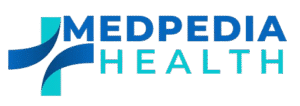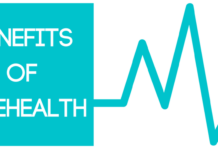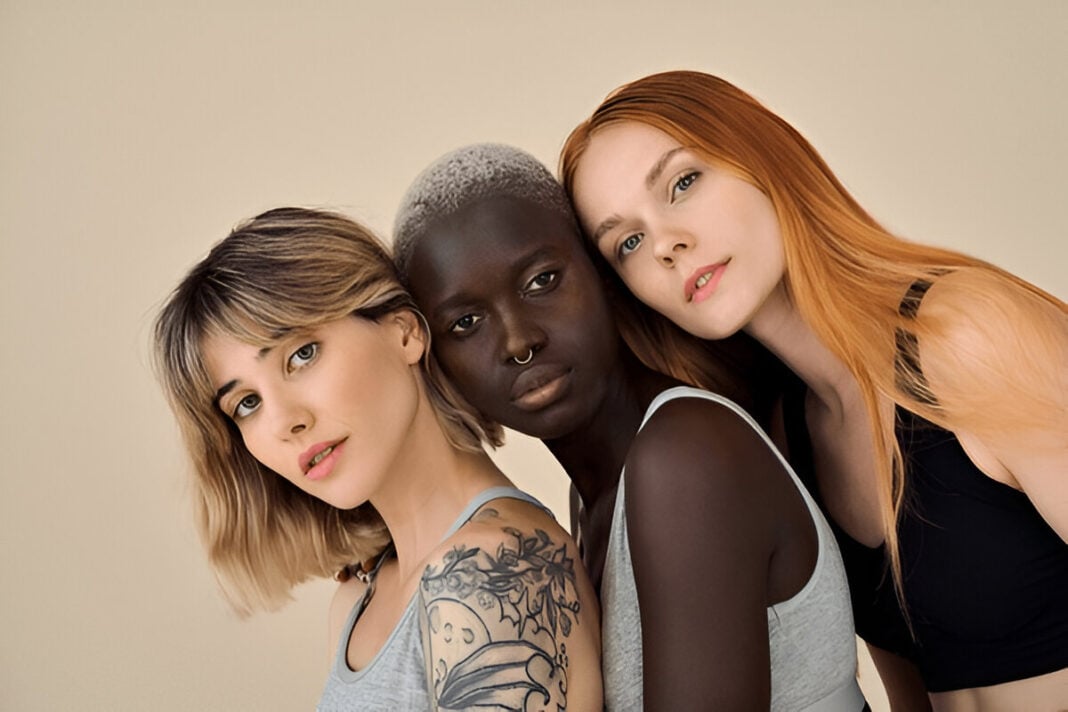Aesthetic medicine has traditionally focused on rejuvenation, which involves reversing the visible signs of aging. But now, a new generation is flipping the script. Gen Z and younger millennials are turning to “prejuvenation,” a proactive approach that aims to delay the onset of aging rather than correct it later. The conversation around prejuvenation vs. rejuvenation highlights a cultural shift where prevention is not only smarter, but trendier as well.
From early Botox to prescription-grade skincare, this movement is reshaping how people think about aging, beauty, and dermatologic care.
What Is Prejuvenation?
Prejuvenation refers to preventive aesthetic treatments in younger individuals, often before visible signs of aging appear. These non-invasive or minimally invasive treatments are designed to maintain youthful skin, prevent volume loss, and preserve collagen.
Common prejuvenation procedures:
- Baby Botox (low-dose neurotoxin to prevent expression lines)
- Microneedling and light chemical peels
- Medical-grade skincare (retinoids, antioxidants, SPF)
- Laser facials and IPL treatments
- Preventive dermal fillers for structural support
This approach usually begins in a person’s early 20s to early 30s, when skin is still resilient but may be starting to show subtle changes.
What Is Rejuvenation?
Rejuvenation, in contrast, includes corrective treatments that address visible signs of aging such as wrinkles, sagging skin, volume loss, and pigmentation. These interventions are often more aggressive and may require multiple sessions.
Common rejuvenation treatments:
- Full-dose Botox and dermal fillers
- CO₂ lasers or radiofrequency skin tightening
- Deep chemical peels
- Facelifts or surgical interventions
Rejuvenation is more commonly sought by people in their 40s and beyond, when age-related changes are more pronounced.
Why Gen Z Is Embracing Prejuvenation
The Gen Z mindset, shaped by social media, celebrity transparency, and a wellness-first culture, has fueled interest in early aesthetic care.
1. Social Media Influence: Apps like Instagram, TikTok, and Snapchat are filled with flawless faces, often filtered and edited. Influencers openly share their experiences with Botox and skincare routines, making aesthetic procedures more normalized and aspirational (O’Connor et al., 2021).
2. Prevention Over Correction: Gen Z prefers to be proactive. They see value in starting early to preserve their skin, rather than needing major corrections later. Preventing wrinkles is easier and more cost-effective than treating them once they’re set (Lupo, 2020).
3. Skincare as Self-Care: Aesthetics are increasingly viewed as part of mental health and self-care. Many in Gen Z consider treatments like facials or baby Botox to be investments in long-term well-being, not just vanity.
4. Access to Better Information and Products: With dermatologists and skincare professionals sharing education online, Gen Z is more informed than previous generations. They understand the importance of SPF, antioxidants, retinoids, and how these tools help with aging prevention.
Are Preventive Treatments Safe?
Yes, when administered appropriately. Board-certified dermatologists and licensed professionals can tailor treatments to the patient’s age, needs, and skin type, using the lowest effective doses and safest techniques.
However, some concerns exist, such as:
- Over-treatment in very young individuals
- Unrealistic beauty expectations driven by social media
- Psychological dependency on aesthetic procedures
A balanced, conservative approach is always recommended. Starting with sunscreen, a good skincare routine, and regular dermatologic checkups often provides an excellent foundation.
The Dermatologist’s Role
Dermatologists are key in guiding Gen Z toward safe and appropriate interventions. Instead of chasing trends, the focus should be on:
- Skin health education and lifestyle guidance
- Customized, evidence-based skincare routines
- Minimally invasive procedures with a light touch
- Referrals for psychological support, if body image concerns seem excessive
A collaborative relationship between young patients and dermatologists helps ensure that choices are based on science, not social pressure.
The Future of Aesthetics: Maintenance Over Makeovers
The shift in focus from rejuvenation to prejuvenation marks a broader change in how aesthetic care is viewed. It’s no longer about drastic transformation, but about maintaining what you have with consistency and intention. Gen Z’s approach reflects this desire for longevity, natural results, and self-empowerment.
Whether through baby Botox, retinoids, or professional-grade facials, they are embracing aging as a journey to be managed, not feared.
The rise of prejuvenation is changing the face of cosmetic dermatology. While rejuvenation will always have its role in reversing signs of aging, younger generations are showing that a proactive mindset and simple interventions can go a long way. With guidance from professionals and an emphasis on long-term skin health, Gen Z is leading a new era where preventive beauty is the new normal.
References
- Lupo, M. P. (2020). Aesthetic procedures in the millennial and Gen Z population: The importance of prejuvenation. Journal of Cosmetic Dermatology, 19(11), 2585–2589. https://doi.org/10.1111/jocd.13544
- O’Connor, A., Veale, D., & Ross, D. A. (2021). The impact of social media on appearance-focused behavior in young adults. Current Opinion in Psychology, 45, 101284. https://doi.org/10.1016/j.copsyc.2022.101284
- Sadick, N. S. (2018). Preventative aesthetic medicine: Prejuvenation. Clinics in Dermatology, 36(3), 278–283. https://doi.org/10.1016/j.clindermatol.2018.02.012










